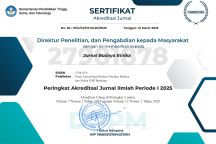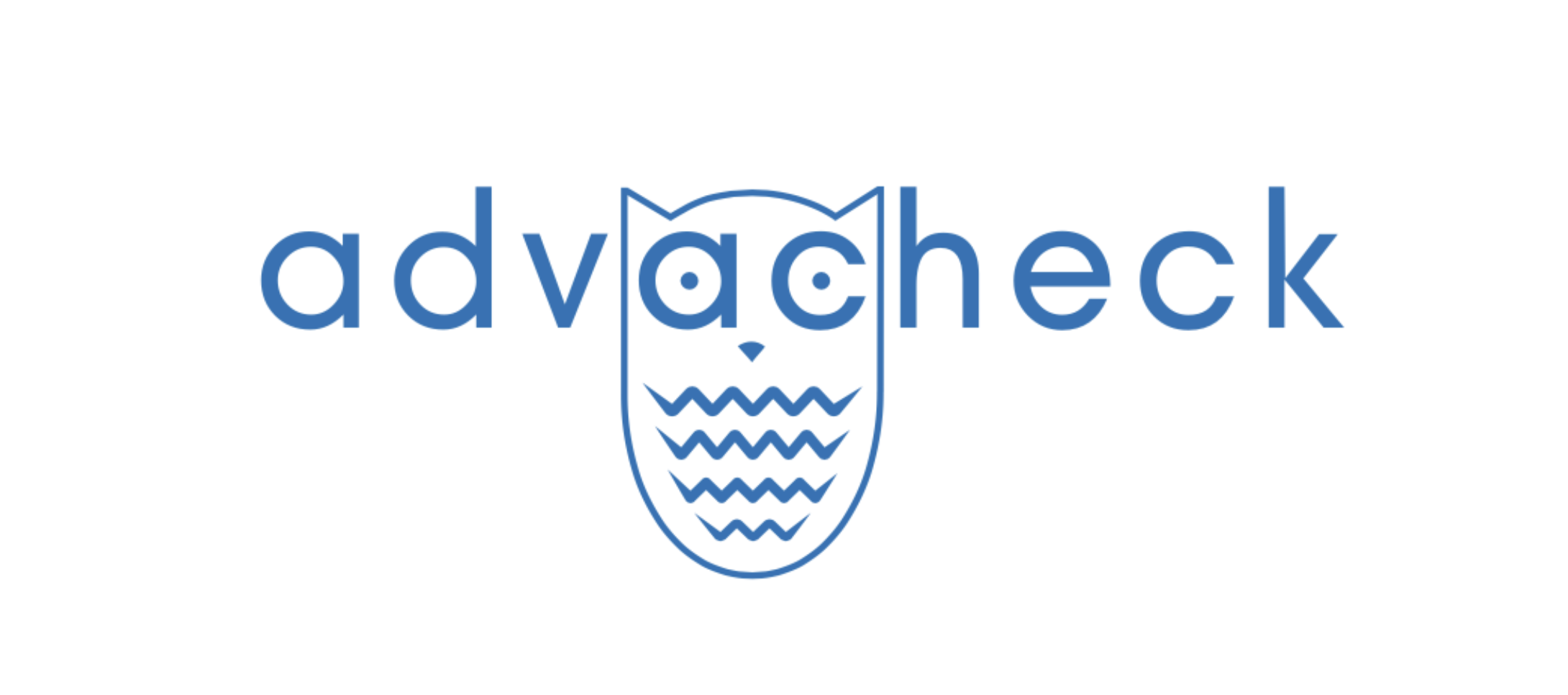IMPLEMENTATION OF THE AGENDA FOR MEDIA SETTINGS AS WATCHDOG FOR LAW ENFORCEMENT EFFORTS THROUGH DIGITAL AND PRINT ARTIFACTS
DOI:
https://doi.org/10.26742/be.v4i2.1565Abstract
ABSTRAK Peliputan media atas sejumlah kasus adalah implementasi agenda setting metode penyampaian informasi. Sejumlah informasi disampaikan berdasarkan fakta yang dikonstruksi sebagai realitas media. Di antaranya, kasus Tempo melawan Tomy Winata, keterlibatan wartawan Metro TV Hilman Mattauch terhadap kasus korupsi e-KTP oleh Setya Novanto, dan upaya yang dilakukan media sebagai watchdog dalam kasus Lutfi Alfiandi. Penelitian meneliti artefak digital dan tercetak, observasi, dan wawancara. Sejumlah pertanyaan penelitian adalah: 1. Bagaimana konstruksi media sebagai watchdog dalam kasus hukum antara Tomy Winata versus Tempo? 2. Bagaimana penerapan watchdog media dalam kasus penegakan hukum e-KTP? 3. Bagaimana penerapan watchdog media dalam kasus penangkapan dan penyiksaan yang dialami pelajar STM bernama Lutfi Alfiandi? Hasil penelitian terhadap artefak digital dan media cetak, wawancara, dan observasi adalah: 1. Implementasi pers sebagai pengawas kasus Tomy Winata di Tanah Abang dilakukan oleh Tempo, meski hasilnya Tempo mendapat konsekuensi kekalahan di meja hijau atas gugatan Tomy Winata. 2. Pelaksanaan watchdog dalam upaya penegakan hukum oleh Komisi Pemberantasan Korupsi (KPK) dilakukan terhadap kuasa media yang melibatkan Hilman Mattauch dari Metro TV dan diungkap oleh media. 3. Peristiwa kasus polisi menangkap dan menyiksa Lutfi Alfiandi mendapatkan pelaksanaan agenda setting oleh media dalam peran watchdog sehingga korban yang semula dituntut hukuman tujuh tahun penjara dapat simpati publik mendorong majelis hakim memvonis bebas.
Kata kunci: Pengawas Pers, Penegakan Hukum, Liputan Media
ABSTRACT Several events received media coverage with an agenda-setting process which became a method of conveying information. Some information is conveyed based on facts constructed as media reality. Among them are the construction of media reality carried out in the Tempo case against Tomy Winata, the involvement of Metro TV journalist Hilman Mattauch in the e-KTP corruption case involving Setya Novanto, and the efforts made by the media as a watchdog in the Lutfi Alfiandi case. The research was conducted by examining digital and printed artifacts, observations, and interviews. Some research questions are 1. How is the construction of the media as a watchdog in the legal case between Tomy Winata and Tempo? 2. How is the application of watchdog media in the case of e-KTP law enforcement? 3. How is the application of the media watchdog in the case of arrest and torture experienced by STM student named Lutfi Alfiandi? The results of research on digital artifacts and print media, interviews, and observations are 1. Implementation of the watchdog press to reveal Tomy Winata in Tanah Abang was carried out by Tempo, although the result was that Tempo suffered the consequences of being defeated at the court table by the lawsuit filed by Tomy Winata. 2. The implementation of watchdog in law enforcement efforts by the Corruption Eradication Commission (KPK) was carried out against the power of the media which involved Hilman Mattauch from Metro TV and was exposed by the media. 3. The police's arrest and torture of Lutfi Alfiandi resulted in the implementation of agenda-setting by the media in the role of a watchdog which succeeded in making the victim who was sentenced to seven years in prison get public sympathy and was released when the verdict was handed down by the panel of judges.
Keywords: Watchdog Press, Law Enforcement, Media Coverage
References
BIBLIOGRAPHY
Adorno, T. (1976). Culture Industry Reconsidered (Résumé über
Kulturindustrie). New German Critique, No. 6 (Autumn, 1975), pp. 12-19.
Balmas M., S. T. (2010). Candidate image in election campaigns: attribute agenda setting, affective priming, and voting intentions . International Journal of Public Opinion Research, Vol. 22 No. 2.
Bartels, L. M. (1996). Politicians and the Press: Who Leads, Who Follows?
Paper presented at the APSA. San Francisco: APSA.
Berkowitz, D. (1992). Who Sets the Media Agenda? The Ability of Policymakers to Determine News Decisions. In D.
Kennamer (Ed.), Public, Opinion, the Press and Public Policy. Westport:
Westport, CT: Praeger.
Cobb, R. E. (1971). The politics of agendabuilding: An alternative perspective for modern democratic theory. The
Journal of Politics, 33: 892–915. Cohen, B. (1963). The Press and Foreign
Policy. Princeton, NJ: Princeton University Press.
David H. W., J. C. (2017). The Media Agenda: Who (or What) Sets It? The Oxford Handbook of Political Communication.Oxford: Oxford University.
Denzin, N. L. (2009). Handbook of Qualitative Research. California: Thousand Oaks, CA: Sage Publications
Harsono, A. (2003, 2 10). Majalah Trust. Retrieved 7 10, 2020, from Trust: http://www.andreasharsono.net/2003/02/tempo-vs-tomy-winata.html
Kim, S. S. (2002). Think about it this way: Attribute agenda-setting function of the press and the public's evaluation of a local issue. Journalism & Mass Communication Quarterly, 79, 7-25.
Kohut, A. (2001). Public Support for the Watchdog is Fading. New York:
Columbia Journalism Review.
Kosicki, G. (1993). Problems and Opportunities in Agenda-Setting
Research" (PDF) . Journal of Communication, 43 (2): 100–127.
Lang, G. L. (1981). Watergate An exploration of the agenda-building process in Mass Communication Review Yearbook Eds
Wilhoit, G C, de Bock, H. California: Sage, Beverly Hills, CA.
McCombs, M. (1993). The Evolution of Agenda-Setting Research: Twenty-Five Years in the Marketplace of Ideas. Journal of Communication, 43 (2): 58–67. doi : 10.1111/j.1460-2466.1993.tb01262.x.
McCombs, M. E., & Shaw, D. L. (1972). The Agenda-Setting Function of Mass Media. Public Opinion Quarterly, Public Opinion Quarterly 36 (2): 176.
Najwa, M. (2020, Januari 23). Narasi.Retrieved Maret 20, 2020, from Mata Najwa: https://www.youtube.com/watch?v=tJ_8I_IGeF4&t=3s
Peter V.A., T. G. (2014). Mediatization and Political Agenda-Setting: Changing Issue Priorities? Mediatization of Politics, 200-220.
Reese, S. (1996). Journalism Research And The Hierarchy Of Influences Model: A Global Perspective. Brazilian Journalism Research, Volume 3 -
Number 2 - Semester 2.
Shihab, N. (2020, 1 24). Mata Najwa. Retrieved 8 3, 2020, from Mata Najwa: https://www.youtube.com/watch?v=MgJ02AJhTxE
Soekowati, G. (2019). Existence Of Media In Implementing The Role Of Watchdog In The Case Of Land Equipment For The Development Of New Yogyakarta International Airport. Library Philosophy and Practice (e-journal), https://digitalcommons.unl.edu/libphilprac/3743/.
Tempo. (2004, March 18). nasional.tempo.co. Retrieved June 17, 2020, from Tempo.co: https://nasional.tempo.co/read/40772/hakim-pn-jakarta-pusat-kabulkan-gugatan-tommy-winata
Tirto.id. (2017, November 16). Tirto.id. Retrieved Desember 17, 2018, from Tirto.id: https://tirto.id/hilman-paperjejak-hilman-mattauch-diparlemen-metro-tv-cAey
Wilson, R. A. (2009). How to Situate Cognition: Letting Nature Take Its
Course, in Philip Robbins and Murat Aydede (eds.), The Cambridge Handbook of Situated Cognition. Cambridge: Cambridge University Press
Downloads
Published
How to Cite
Issue
Section
Citation Check
License
You are free to:
- Share — copy and redistribute the material in any medium or format for any purpose, even commercially.
- Adapt — remix, transform, and build upon the material for any purpose, even commercially.
- The licensor cannot revoke these freedoms as long as you follow the license terms.
Under the following terms:
- Attribution — You must give appropriate credit , provide a link to the license, and indicate if changes were made . You may do so in any reasonable manner, but not in any way that suggests the licensor endorses you or your use.
- No additional restrictions — You may not apply legal terms or technological measures that legally restrict others from doing anything the license permits.
Notices:
You do not have to comply with the license for elements of the material in the public domain or where your use is permitted by an applicable exception or limitation .
No warranties are given. The license may not give you all of the permissions necessary for your intended use. For example, other rights such as publicity, privacy, or moral rights may limit how you use the material.


2.png)
1.png)








